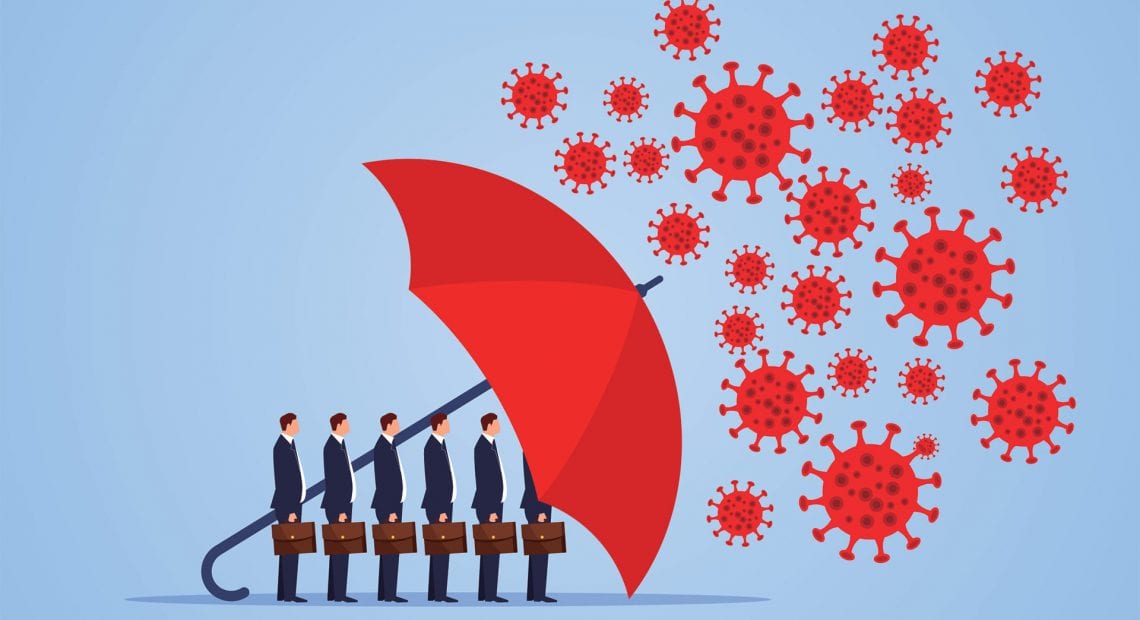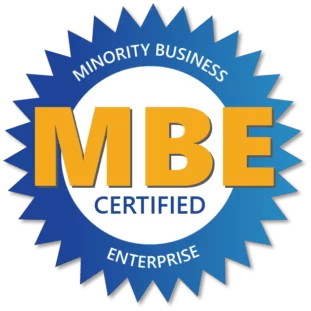
The era we today are living is of cloud computing and the on-going pandemic even proved it that no business, even the small street shops are inevitable without the cloud. Recently, when the whole world was quarantined many businesses considered moving their businesses to the cloud.
A global survey of IT leaders suggests the onset of the Coronavirus pandemic has contributed to a speeding up of the pace of cloud adoption, as enterprises embrace remote working
The techno-marketing world is dynamic and ever-evolving and you have to keep pace with it. The trends, policies, and more importantly, technology is never stagnant that’s why you have to keep flowing with it, still maintaining your foot in the market since you don’t want your business to fall behind and your competitors fly ahead.
But how can you be sure of your correct pace in business mart? Cloud adoption still is a risky approach for many and they don’t want to invest in something that they are not confident about, especially when Covid-19 hit the world economy so badly. That’s where SaaS (Software as a Service) emerges as a cost-effective flexible option for businesses.
What is Software as a Service
SaaS is the delivery of virtual applications, hosted on cloud vendor’s system, and made available to access by clients through the internet or an API via subscription, from anywhere.
SaaS is the cloud service deployment model that solely depends on the internet, offering services via website or app running on the internet. Clients don’t have to install software or set up any hardware, they only have to subscribe to for the required service and outsource it. All the back-end infrastructure is maintained by the service provider and the functioning end is fully controlled by you.
The leading examples of SaaS are; Google G Suite, Office 365, Salesforce.
How SaaS differs from Traditional IT Setup
The traditional IT deployment model where the enterprise itself has to purchase the entire IT equipment or set up their infrastructure, virtual back-ups, databases, acquire and maintain hardware and software, configure the applications and employ an experienced IT department to run it. Ah…huge investment indeed.
SaaS saves you from all this, especially in the current scenario when the economy is hardly hit by COVID-19. Today, no doubt Software as a service is a cost-effective substitute to the traditional on-premise IT infrastructure.
This article highlights some of the characteristic benefits of SaaS that led to its mass embracement during the COVID-19 pandemic.
Ease of Use – Driving Force behind SaaS adoption
SaaS users find it easy to use and implement their services accurately with their business. Its Ease of Use is the main driving force for the mass adoption of SaaS cloud in the current scenario, eliminating the need of an in-house server or expert IT staff to set it up for them.
Being hassle-free, lucrative, flexible, easy deployment, and maintenance, SaaS apps ensure ease of use for their customer, aiding users to just focus on their core business.
Pay Only for License
Overall SaaS is cost-effective, the only purchase that users have to make is for “license”. It operates on the pay-as-you-go model, as clients can subscribe to the required services paying monthly or annually for the license, with no extra up-front charges, such as back-up, updates, or security.
This is one of the other reasons why the pandemic hit businesses considered SaaS as their savior, and embraced it whole-heartedly.
Immediate Service Delivery
The immediate provision of SaaS services in no time is its vending point. As soon as clients subscribed to the service, all they have to do is to log-in and gain access to agile and efficient resources that are already configured to their system. Services ready to operate immediately!
No IT Plights
Many of the recently SaaS users are IT inexperienced. They chose this service as it comes with no IT troubles, easing the users to employ and enjoy the services without any wary.
Since the entire SaaS back-end is hosted by SaaS vendor, customers are almost left with no effort to manage on the platform level, all they have to do is to manage the functioning end. It’s the vendor’s responsibility to install, update, and maintain the delivered services, ensuring that the operating hardware is working at its optimum.
Recently research found that enterprises will experience a 15% reduction in IT spending and a 16.7% reduction in IT maintenance costs by moving to the SaaS platform.
We guess the world is already experiencing it.
Remote Availability and Usage
The remote mobility is another amazing feature of SaaS service proving to be very useful for customers, who in the current situation have to work remotely from their homes.
SaaS is a device and location- independent that made it easy for users to access their data and application from virtually anywhere via an internet-connected device.
SaaS customization by User… Possible?
Yes, it is possible. This is another interesting feature of SaaS that compels customers to experience it.
The flexibility of web-based software allows users to modify it with their business-specific needs. They may customize certain features, their dashboard, and even the User Interface to control what data they want to show cast and heighten their novel work style.
These only were some top-selling benefits of SaaS, additional benefits of Software as a Service includes:
ü Prevalent acceptance
ü Low initial costs
ü Effortless upgrades
ü Unified integration
ü Auto-mate app updates
ü Advanced security
ü Backup services
ü Scalable as the business grows
ü Precise analytics and reporting
Unavoidable Drawbacks of SaaS
As customers acknowledge the inevitable benefits of SaaS, they may also not deny the certain SaaS drawbacks, experienced by them.
Ø Little or No Control over the Service
Although SaaS delivers efficient services, at the same instant it left the user with little or no control over the service. Users are generally unaware where their data is stored, how it is stored and accessed and may sometimes lead to unauthorized access. Lack of control is a serious downside of SaaS.
Ø Require Working Internet
SaaS applications are non-functional in the absence or the poor-connectivity of the internet. This means in the episode of internet service outages, clients may not have access to their software or data. Internet is Must!
Ø Undesirable updates can be Knotty
Regular and up-to-date upgrades of software is usually considered the plus point of SaaS. But there are certain instances where those unwanted updates can be knotty and users need to continue the previous version like during an on-going project with third party and remain compatible with their applications. Updates are welcomed when require permission, for many users.
Ø Customizations could be Challenging
Although SaaS allows users to customize to some extent but customization could be challenging since SaaS applications often come in a standardized form. The flexibility to modify the features and functional end to the client’s specific need is less advance in the SaaS solution. Advanced solution is not so advanced in customization!
Ø Downtime can lower Performance
SaaS apps are hosted on vendor’s platform, so being able to access the services entirely depends upon the reliability of SaaS vendor as their downtime could be the user downtime and may affect their performance if it is unscheduled. Downtime should be downtime!
Ø Security is the Issue
Security is the biggest concern for SaaS users as they are usually left in dark regarding their data safety. Most of the SaaS companies are not transparent about their security policies and may open gates for data breaches or unauthorized access. SaaS is not so Secure!
SaaS – Present and Future
There were times when SaaS was considered as the future solution but the past decade and current pandemic reflect that SaaS is no longer the Future but the Present, proving what John McCarthy, a legendary computer scientist who won the Turing award for his work in artificial intelligence (AI), notably said in a 1961 speech to MIT students, “Computation may someday be organized as a public utility.”
That’s what we today observe that how the shared pool of resources of SaaS is widely adopted around the globe, far swifter than any other cloud deployment services, such as Platform – (PaaS) or Infrastructure-as-a-Service (IaaS).
Although due to COVID-19, revenue generated via SaaS was low but quite enough for businesses to maintain their spot in the market. However, there is more to explore and advance in SaaS solutions as more and more promising features like SaaS Integration Platforms (SIP) are also emerging which further streamlines and enhances the SaaS-associated businesses.
Be compatible and adapt to SaaS that this swiftly evolving technology will be assured of sustained success for your businesses.
BroadAxis- Provider of Your Business Savior
A smart decision for a business, no doubt, is a hybrid deployment model, but it does require broader and experienced skill set to leverage multiple cloud environments, with an integrated strategy to tackle it, and also meeting up with the government policy and security constraints. Finding the right partner is hard and this is where BroadAxis steps in as a savior, assisting and providing the best cloud services for your enterprise.
Feel free to contact us and cherish the best cloud experience with BroadAxis.




